Search Images
Browse Content (p. 1633)
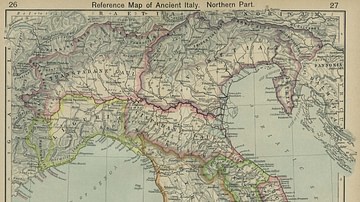
Image
Map of Ancient Italy, Northern Part
Reference Map of Ancient Italy. Northern Part.
"Historical Atlas" by William R. Shepherd, New York, Henry Holt and Company, 1923
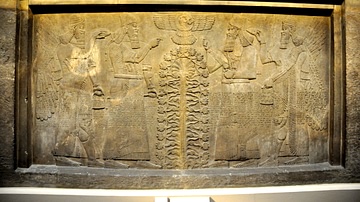
Image
Ashurnasirpal II Prays Before the Sacred Tree and the God Shamash
The Assyrian king appears to raise his right hand and point his right index finger in a gesture of worship. He holds a mace, the symbol of authority. The Sacred Tree (which is probably a palm tree) lies at the middle of the relief. The king...
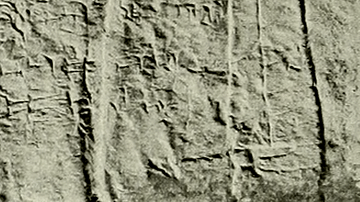
Image
Tiglath Pileser I
From a rock relief found in 1862 CE at Birleyn, also called "The Tigris Tunnel", in modern-day Turkey. Tiglath Pileser I is identified in the cuneiform inscription. British Museum, London
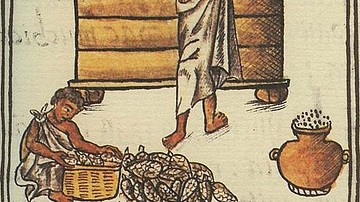
Image
Aztec Agriculture
An illustration from the Florentine Codex depicting Aztecs storing maize.

Image
Ashurnasirpal II hunts lions
In this wall relief, the Assyrian King Ashurnasirpal II stands in a royal chariot and hunts lions. Neo-Assyrian era, 865-860 BCE. From Room B (the throne room), North-West palace at Nimrud (ancient Kalhu; Biblical Calah), northern Mesopotamia...
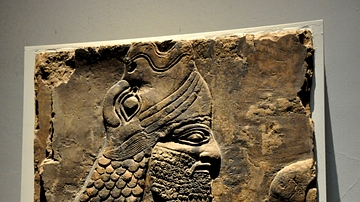
Image
Apkallu wearing a fish cloak
This protective spirit (Apkallu or Abkallu) guarded the entrance to the temple of Ninurta at Nimrud. A fish's head can be seen on Apkallu's head, and its skin hangs down over the back of Apkallu's body. Neo-Assyrian era, 865-860 BCE. From...
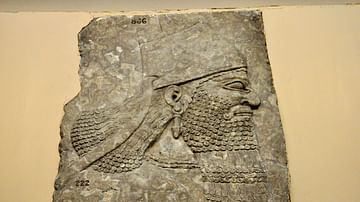
Image
Head of Ashurnasirpal II
A fragment from a wall relief that depicts the head of the Assyrian King Ashurnasirpal II. Neo-Assyrian era, 865-860 BCE. From the North-West palace at Nimrud (ancient Kalhu; Biblical calah), Mesopotamia, Iraq.(The British Museum, London).
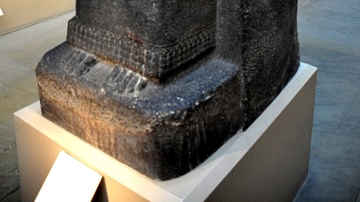
Image
Statue of the god Kidudu
The cuneiform inscriptions on this basalt statue mention that this is the god Kidudu, the guardian of the walls of Ashur city. It was erected by King Shalmaneser III. Neo-Assyrian era, 835 BCE. From Ashur, Mesopotamia, Iraq. (The British...
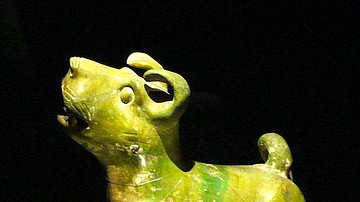
Image
Chinese Ceramic Dog
Green-glazed ceramic dog, Eastern Han Dynasty, 25-220 CE.
Palace Museum, Beijing, China.
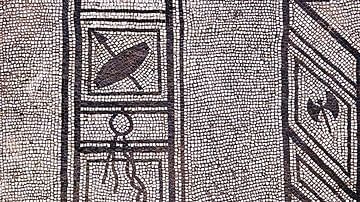
Image
Dog Mosaic
A floor mosaic from Pompeii depicting a guard dog. (1st century CE)